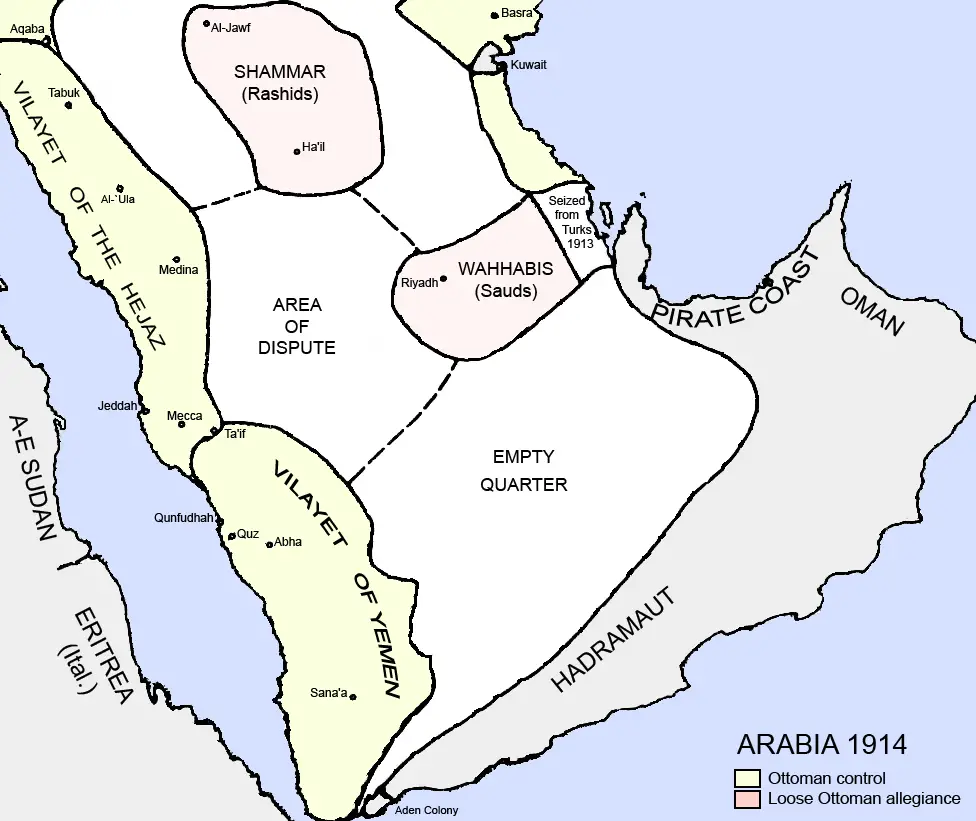The History of Arabian Peninsula
The history of the Arabian Peninsula is rich and diverse, encompassing millennia of human civilization, trade, and cultural exchange. Here’s a brief overview of the key historical periods and developments in the Arabian Peninsula.
Table of Contents
Ancient History
The Arabian Peninsula has a deep history dating back thousands of years. Ancient civilizations, such as the Sabaean Kingdom in what is now Yemen, emerged in the southern part of the peninsula. The Arabian Peninsula was also part of trade routes that connected the Middle East, Africa, and Asia, with cities like Mecca and Medina serving as important trading hubs.
Pre-Islamic Arabia
Before the advent of Islam in the 7th century, the Arabian Peninsula was home to various tribal societies. These tribes engaged in trade, warfare, and nomadic lifestyles. Pre-Islamic Arabian society was characterized by polytheistic religions, with each tribe often having its own set of deities and beliefs.
Birth of Islam
In the early 7th century, the Prophet Muhammad received revelations from God (Allah in Arabic) through the angel Gabriel. These revelations were compiled into the Quran, which became the holy book of Islam. Muhammad’s teachings emphasized monotheism, social justice, and ethical conduct. The Islamic faith rapidly spread across the Arabian Peninsula, leading to the unification of Arab tribes under the banner of Islam.
The Rashidun Caliphate
After Muhammad’s death in 632 CE, his immediate successors, known as the Rashidun Caliphs, expanded the Muslim empire through a series of military conquests. They brought Islam to neighboring regions, including the Byzantine Empire and the Sassanian Empire. The early Islamic empire had its capital in Medina and later in Damascus.
The Umayyad and Abbasid Caliphates
The Umayyad Caliphate (661-750 CE) moved the capital to Damascus and expanded the Muslim empire into North Africa, Spain, and parts of India. The Abbasid Caliphate (750-1258 CE) shifted the capital to Baghdad and witnessed a flourishing of Islamic culture, science, and scholarship, known as the Islamic Golden Age.
The Spread of Islam
The Islamic faith continued to spread through trade and conquest. Muslim traders and explorers ventured as far as Southeast Asia, China, and East Africa, carrying Islam with them. While Islamic empires were established, tribal identities and customs remained significant in various parts of the Arabian Peninsula.
Ottoman and British Influence
In the 16th century, the Ottoman Empire extended its rule into parts of the Arabian Peninsula, including what is now Saudi Arabia. The British also had an influence in the region, particularly in the Persian Gulf. After World War I, the Arabian Peninsula saw the decline of the Ottoman Empire and the establishment of modern nation-states.
Modern Nations
The map below shows the Arabian peninsula in 1914.

In the 20th century, several modern nations emerged on the Arabian Peninsula, including Saudi Arabia, Yemen, Oman, the United Arab Emirates, Kuwait, Qatar, and Bahrain. The discovery and exploitation of oil reserves in the region transformed the economic and political landscape, leading to significant development and urbanization.
If you’d like to learn more about the Arabian Peninsula and its history, you may enjoy the following books:








